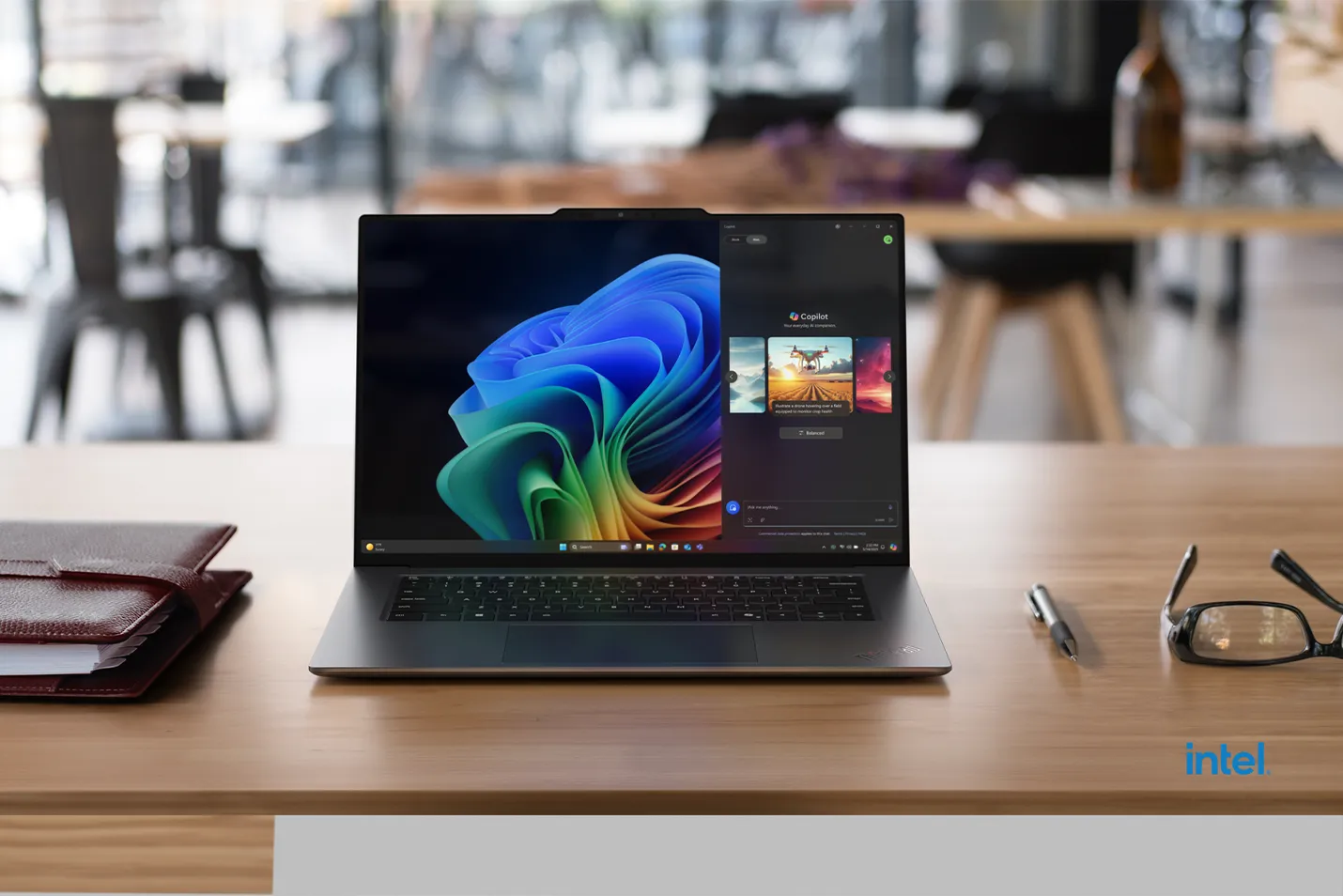How AI Will Reshape Everyday Business Tasks by 2028—and What to Do Now
AI is moving fast, but the real impact on small and mid-sized businesses will unfold over the next few years. By 2028, AI will be deeply embedded in everyday business tasks—not as a separate tool, but as part of how work gets done.
This isn’t about flashy tech. It’s about practical changes that will affect how your team communicates, manages information, and delivers work.
What AI Will Change in Everyday Business Tasks
AI is no longer just a buzzword for large enterprises. Over the next few years, it’s set to quietly transform how small and mid-sized businesses handle routine work.
In 2025, more built-in AI features are expanding in Microsoft 365 and Google Workspace—such as real-time document collaboration and smarter email assistance, many of which are already rolling out now. By 2026-2027, AI will play a bigger role in project management, automating follow-ups, prioritizing tasks, and summarizing team discussions. Heading into 2028, AI is expected to shift from assistive to proactive—anticipating bottlenecks and managing routine workflows with minimal input.
This section outlines the specific ways AI will reshape everyday business tasks, making processes faster, simpler, and more efficient—without requiring a complete overhaul of how your team works today.
- Document creation will become assistive by default. AI will draft, format, and summarize content as you work in Word, Docs, or email.
- Meetings will be auto-documented. Transcripts, summaries, and follow-up actions will be generated automatically.
- Data analysis will be simplified. Instead of building spreadsheets from scratch, AI will surface trends and create visuals with minimal input.
- Internal communication will be filtered and summarized. Tools like Teams, Slack, and email will use AI to reduce noise and highlight decisions.
- Task management will be AI-assisted. From prioritizing work to suggesting next steps, AI will help keep projects on track.
Looking Ahead: Where AI for Work Is Headed
Beyond today’s integrations, AI for business is moving toward more proactive, predictive capabilities. Expect AI that can anticipate project bottlenecks, recommend task priorities based on real-time data, and even flag unusual trends before they impact operations. Leaders like Microsoft are exploring AI agents that manage workflows autonomously, while Google is pushing into multimodal AI that understands context across text, images, and voice. These developments are still in early days, but signal a future where AI doesn’t just assist with tasks—it actively manages and optimizes them.
Stay updated on how these technologies are reshaping workflows—not years from now, but starting today.
Planning for AI Adoption: What SMBs Should Focus on Now
AI adoption doesn’t need to be overwhelming or happen all at once. A steady, consistent approach—starting with small, practical uses—can build familiarity and confidence. Businesses that begin integrating AI into their workflows today will find it easier to adapt as more advanced features become available. Early adoption helps teams develop new habits, making future transitions smoother and less disruptive.
- Get your hardware ready. Older devices may not support AI features smoothly. Refresh outdated equipment to stay compatible. For more on choosing devices that can support AI tools as they evolve, see Future-Proofing Your Business Devices for AI Tools Like Copilot.
- Use the AI you already have. Microsoft Copilot, Google Gemini, and Slack AI features are already available—start small. Not sure when to use Copilot vs. tools like ChatGPT? This guide breaks it down: ChatGPT vs Copilot: When to Use Each in Your Business.
- Define basic AI usage guidelines. Help your team understand what’s allowed, what’s not, and how to get the most from these tools.
Need help finding an AI-ready device?
How about a new Lenovo ThinkPad that’s ready for AI? Horizon can help you choose business-class devices that are built to support AI-powered work and Windows 11 compatibility. Whether you’re upgrading now or planning ahead, we’ll make sure you’re choosing hardware that keeps up.
Explore devices
Looking Ahead: What to Plan for in the Next Year
Planning for AI adoption should align with your business goals and appetite for innovation. Companies aiming to stay on the cutting edge might plan for more advanced AI tools sooner, while others may choose a slower, more measured pace. There’s no single timeline—what matters is building a plan that fits your business.
It’s also important to watch how AI evolves in your specific industry. From industry-specific AI tools to sector-driven automation trends, understanding what’s happening in your field will help you make smarter decisions about when and how to adopt new technologies.
- Assess workflow automation opportunities. Identify repetitive tasks that AI can assist with.
- Budget for software and licensing. AI capabilities may require upgraded plans or add-ons.
- Review security and compliance needs. Ensure your AI use aligns with industry regulations.
- Consider training and change management. As AI tools evolve, your team will need support to adapt.
- Make sure your IT support can keep pace. Partner with providers who understand AI integration and can support your business as your needs grow.
Horizon helps businesses across Saskatchewan, Alberta, and Manitoba plan for AI adoption in practical, manageable steps—aligning technology with business goals.

